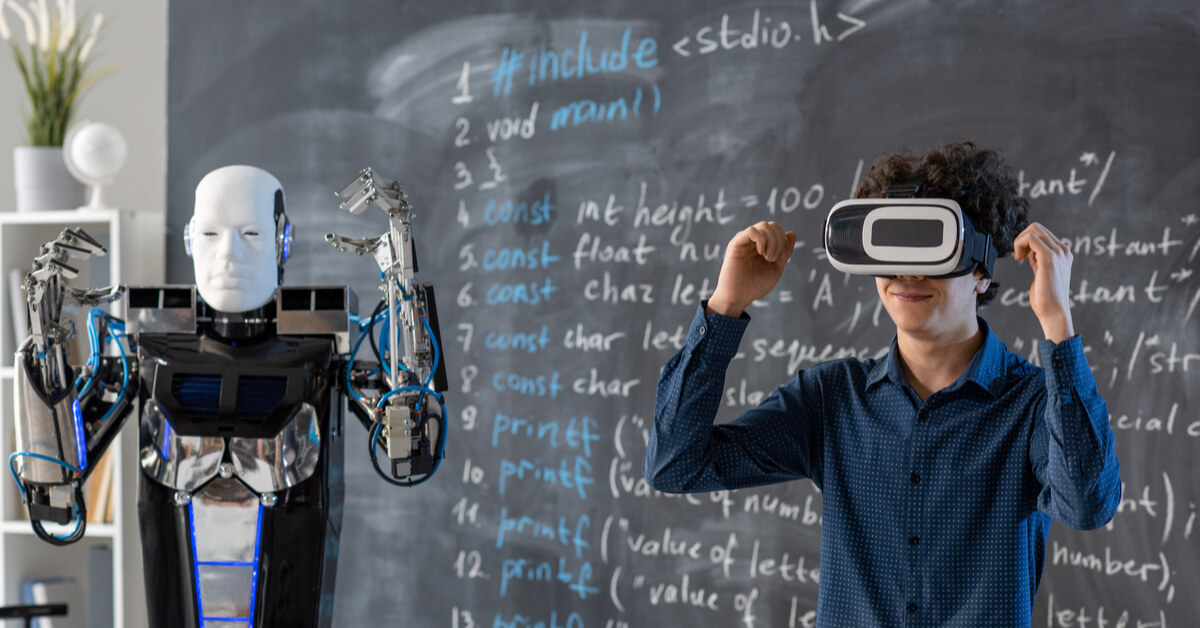We have been following Spot’s adventures for many years now; not Spot the children’s book character created by Eric Hill, but the Boston Dynamics’s mobile quadruped robot, currently available at $74,500. If we consider book titles such as, ‘Spot’s First Walk’, things take on a distinctly eerie feel. Robotic Spot also had a number of firsts and definitely learned from failure. However, our level of comfort with either Spot, the fictional character or the mobile robot, might be significantly different. In this article we will explore the human-robot dynamic, the nature of thinking and how ethical dilemmas can spark critical and creative thinking in students to explore solutions to possible futures.
Ethical dilemmas offer emotive opportunities to explore different perspectives in ways that can challenge us. Much like live wires, they have the potential to conduct and energize, in this case critical and creative thinking. One ethical dilemma is how human and robot interactions will shape our view of being human versus whether human and robot interactions will have no impact on our view of being human.
This new frontier of discovery frightens many people and creates a sense of risk. The emerging technologies are where the lines are…


